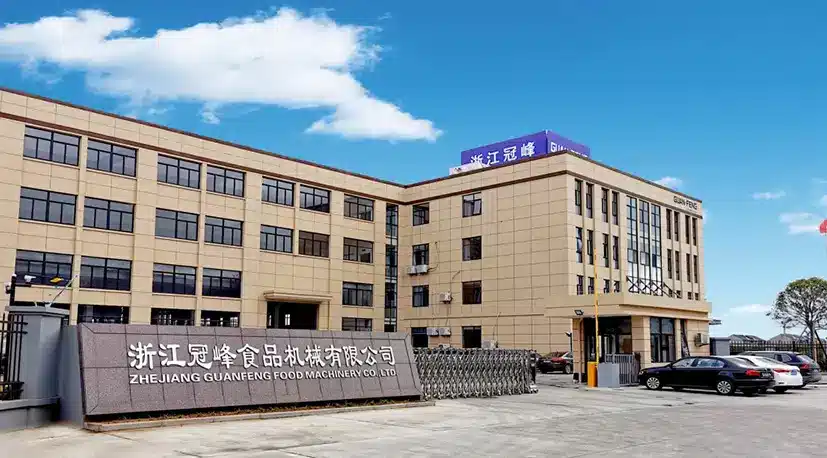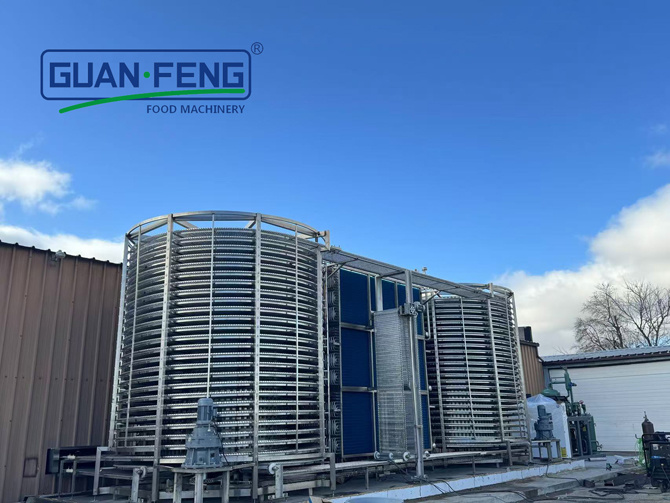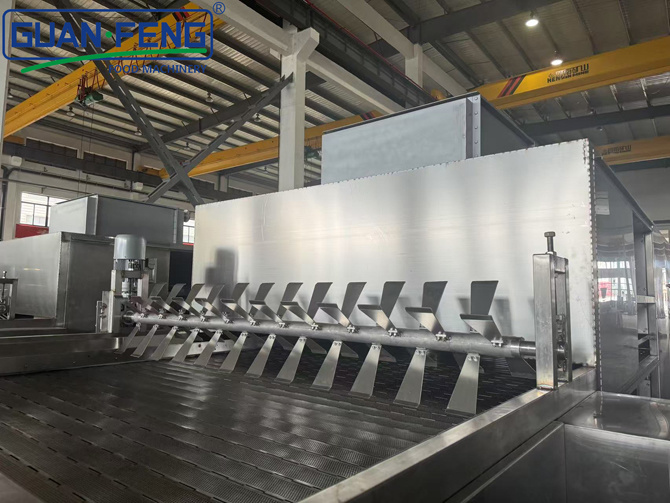BLOG
Focus on hot topics, real-time dynamics
The Ultimate Guide to Vegetable Lyophilizers: Transforming Fresh Produce into Long-Lasting Ingredients
In the life sciences sector, the vegetable lyophilizer has gained significant importance for its ability to transform fresh produce into shelf-stable ingredients. Lyophilization, or freeze-drying, is a sophisticated preservation method that removes moisture from food while maintaining its structural integrity and nutritional content. This process is particularly beneficial for vegetables, which are often perishable and subject to spoilage.
The working principle of a vegetable lyophilizer involves three primary stages: freezing, primary drying, and secondary drying. Initially, vegetables are frozen at extremely low temperatures. This step is crucial as it ensures that the cellular structure of the vegetables remains intact. Following freezing, the primary drying phase begins, where the pressure is lowered, and the temperature is slightly increased. This allows for the sublimation of ice directly into vapor, effectively removing moisture without the need for liquid water. Finally, in the secondary drying phase, any remaining moisture is removed, resulting in a dry product that can be stored for extended periods.
One of the key benefits of using a vegetable lyophilizer is the preservation of flavor and nutrients. Unlike conventional drying methods that may involve high heat and lead to nutrient degradation, freeze-drying retains the color, taste, and nutritional profile of the vegetables. This makes lyophilized vegetables an excellent choice for use in various applications, including snacks, soup mixes, and meal kits, where flavor and nutrition are paramount.
Moreover, vegetable lyophilizers contribute significantly to reducing food waste. By extending the shelf life of vegetables, they allow producers and consumers to enjoy produce that would otherwise spoil quickly. This not only benefits individual households but also has a positive environmental impact by minimizing waste in the supply chain.
In addition to their culinary applications, vegetable lyophilizers are also utilized in research and development. In laboratories, lyophilized vegetables can serve as a controlled variable for experiments, allowing scientists to study the effects of various factors on their properties without the complications introduced by moisture.
In conclusion, the vegetable lyophilizer is an invaluable asset in both the food industry and scientific research. Its ability to preserve the quality and longevity of vegetables makes it a preferred choice for manufacturers looking to enhance their product offerings while minimizing waste. As the demand for sustainable food solutions continues to grow, the relevance of freeze-drying technology in preserving fresh produce is expected to increase, solidifying the vegetable lyophilizer's role in the life sciences industry.
The working principle of a vegetable lyophilizer involves three primary stages: freezing, primary drying, and secondary drying. Initially, vegetables are frozen at extremely low temperatures. This step is crucial as it ensures that the cellular structure of the vegetables remains intact. Following freezing, the primary drying phase begins, where the pressure is lowered, and the temperature is slightly increased. This allows for the sublimation of ice directly into vapor, effectively removing moisture without the need for liquid water. Finally, in the secondary drying phase, any remaining moisture is removed, resulting in a dry product that can be stored for extended periods.
One of the key benefits of using a vegetable lyophilizer is the preservation of flavor and nutrients. Unlike conventional drying methods that may involve high heat and lead to nutrient degradation, freeze-drying retains the color, taste, and nutritional profile of the vegetables. This makes lyophilized vegetables an excellent choice for use in various applications, including snacks, soup mixes, and meal kits, where flavor and nutrition are paramount.
Moreover, vegetable lyophilizers contribute significantly to reducing food waste. By extending the shelf life of vegetables, they allow producers and consumers to enjoy produce that would otherwise spoil quickly. This not only benefits individual households but also has a positive environmental impact by minimizing waste in the supply chain.
In addition to their culinary applications, vegetable lyophilizers are also utilized in research and development. In laboratories, lyophilized vegetables can serve as a controlled variable for experiments, allowing scientists to study the effects of various factors on their properties without the complications introduced by moisture.
In conclusion, the vegetable lyophilizer is an invaluable asset in both the food industry and scientific research. Its ability to preserve the quality and longevity of vegetables makes it a preferred choice for manufacturers looking to enhance their product offerings while minimizing waste. As the demand for sustainable food solutions continues to grow, the relevance of freeze-drying technology in preserving fresh produce is expected to increase, solidifying the vegetable lyophilizer's role in the life sciences industry.
Hot Tags:
PREVIOUS:
Contact Us
E-mail:
sales@syguanfeng.com
Tel:
+86 15088506234
Address:
South Industrial Park of Dongguan, Shangyu District, Shaoxing City,Zhejiang Province,China.
Related Blog
GUANFENG, your customization experts!
GUANFENG FOOD MACHINERY - leading supplier of integrated food processing solutions
Copyright© 2024 ZHEJIANG GUANFENG FOOD MACHINERY CO.,LTD.










